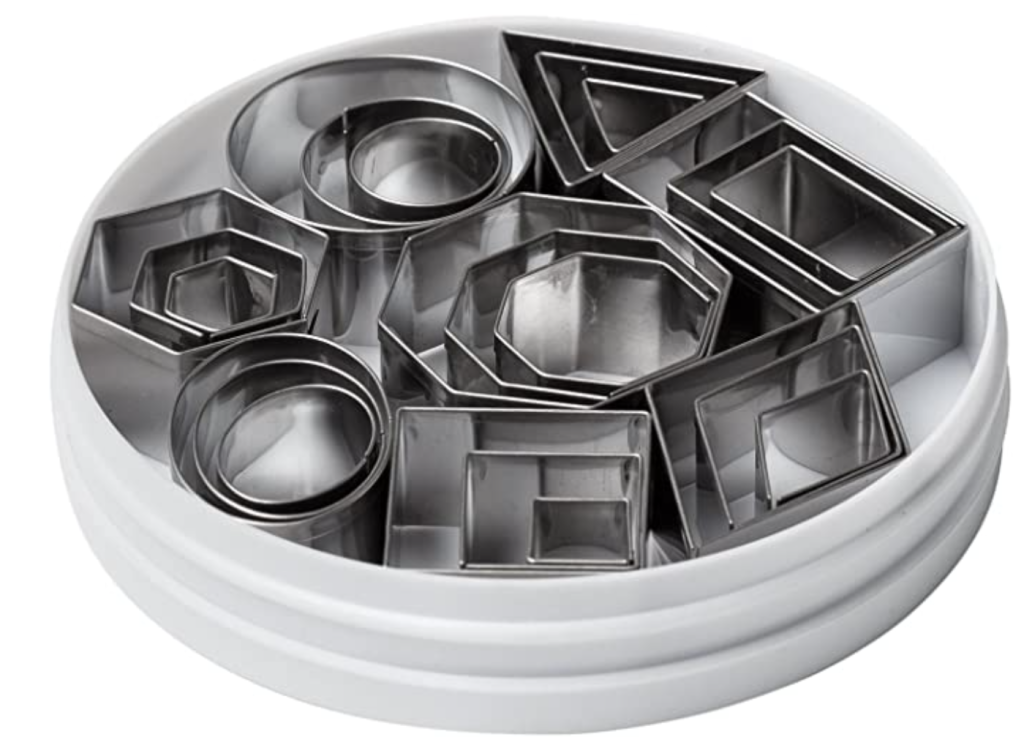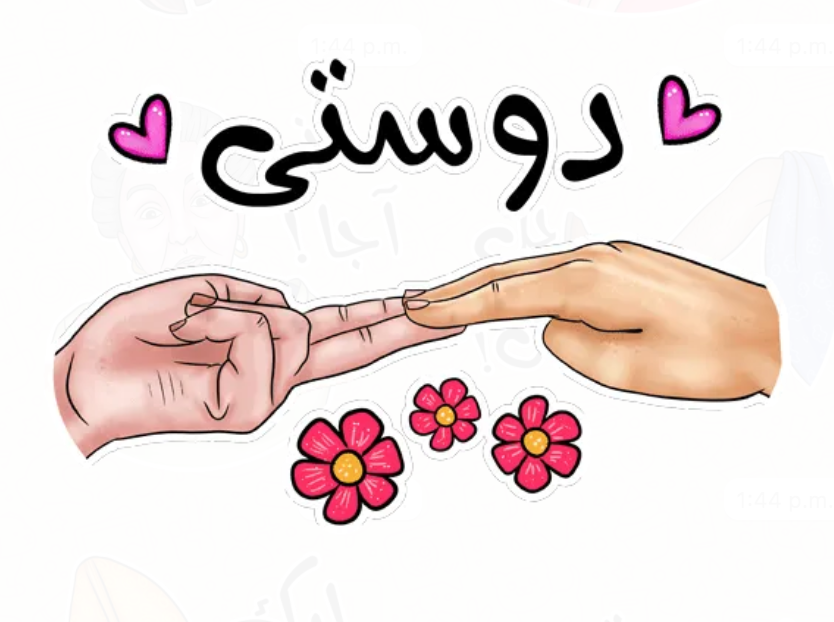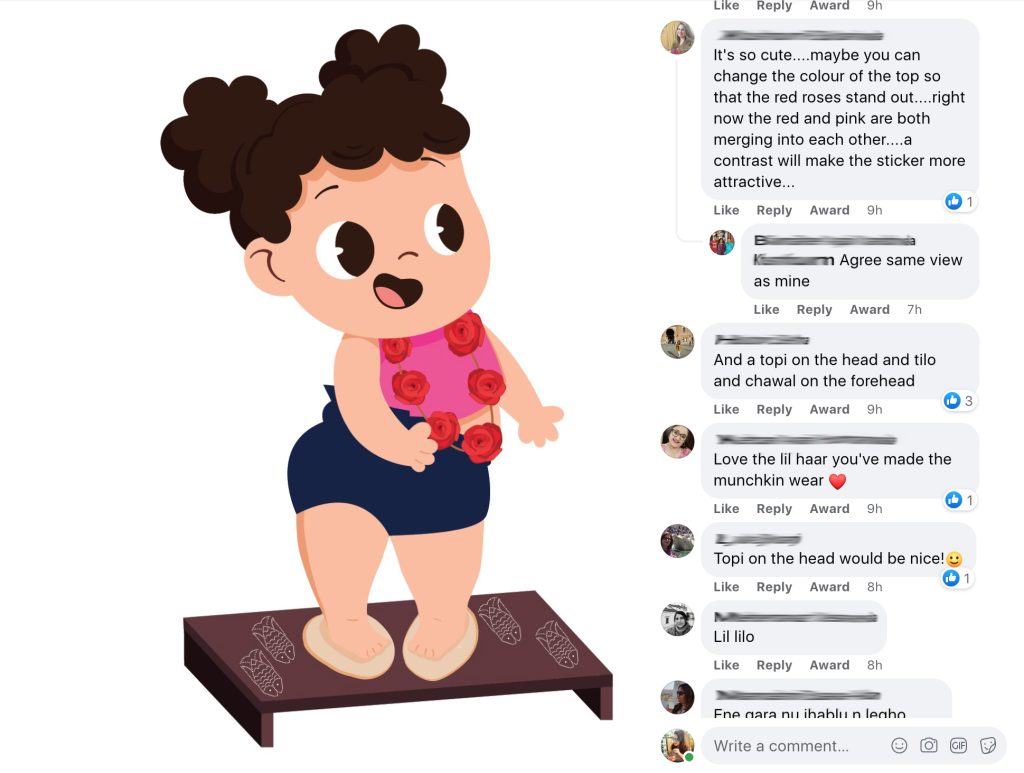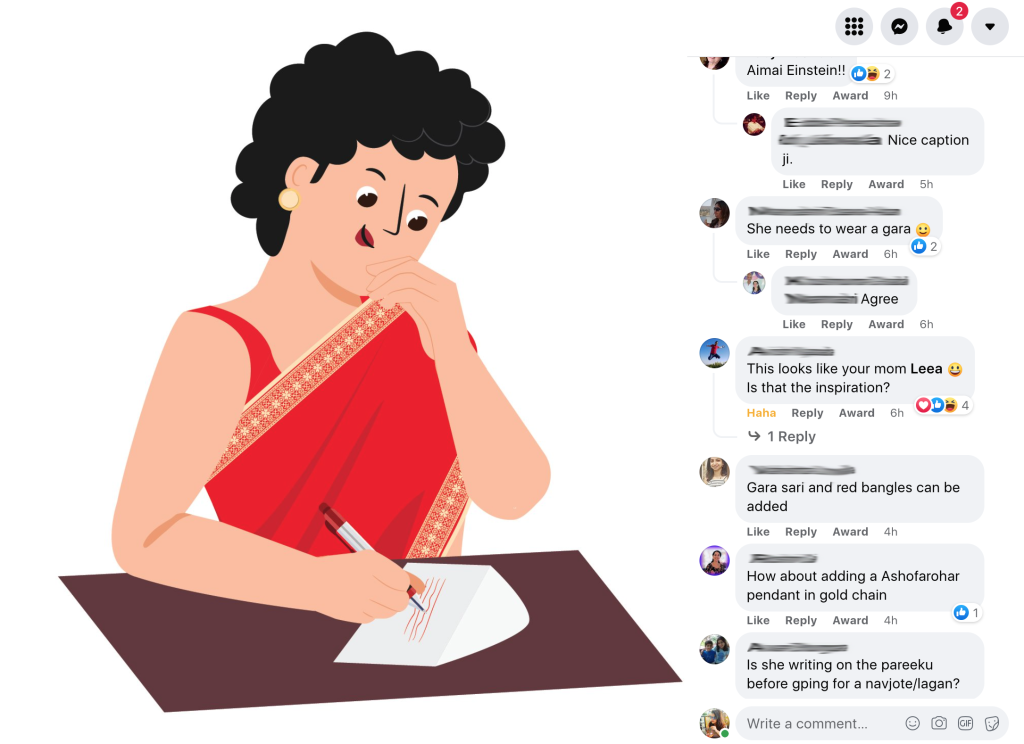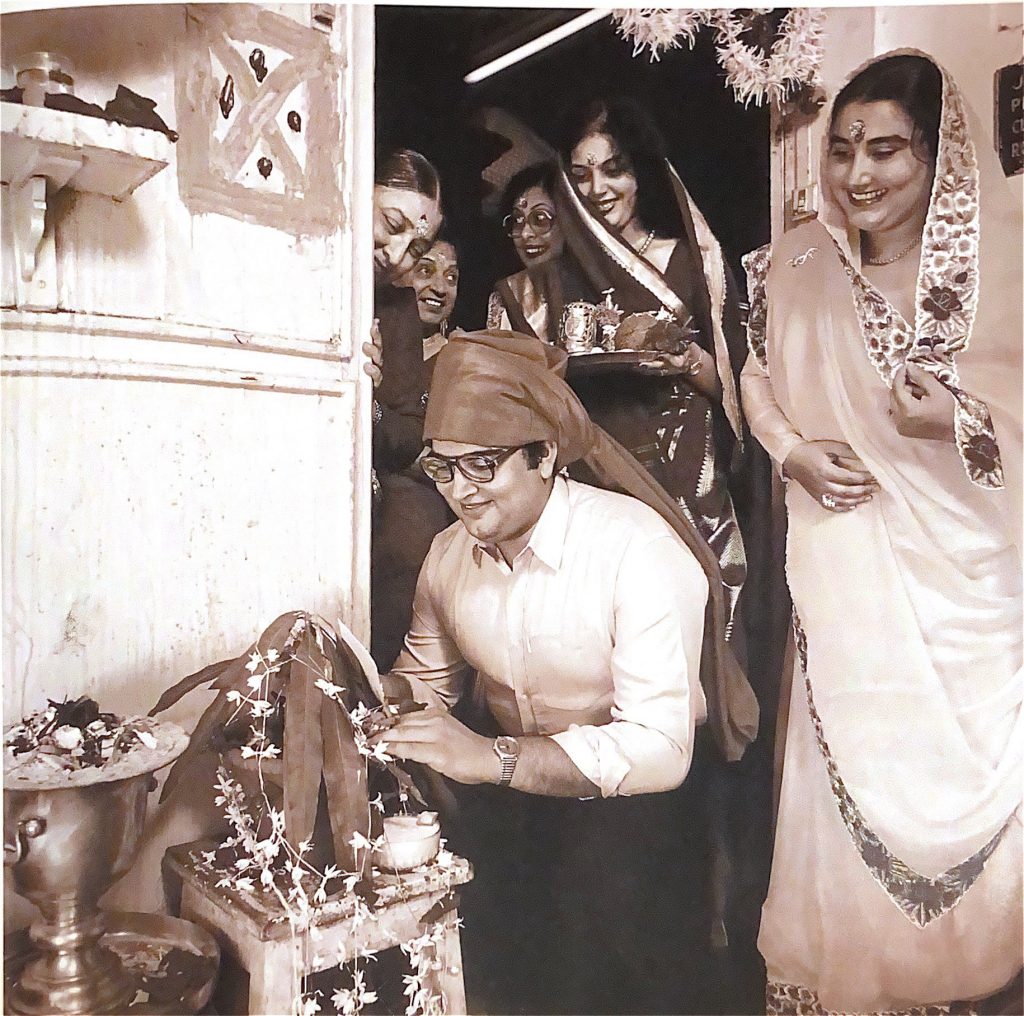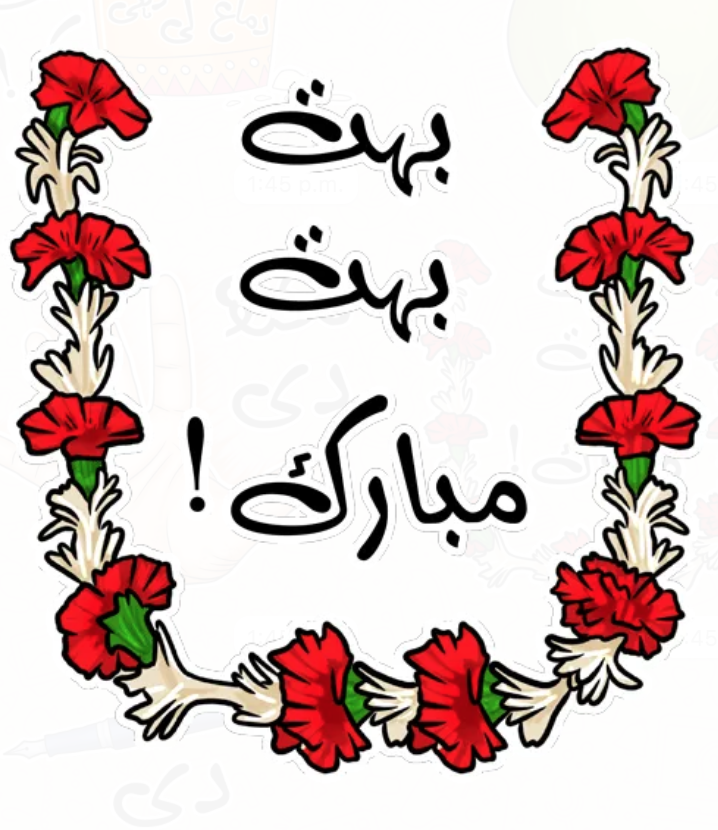GSMD-500 | Grad Studio 2
Prompt 7: Data Visualisation
After completing the previous prompt, I had received a number of comments, suggestions and feedback on the stickers, so I began to sort through them. I created a miro board, which I used to analyse and visualise the data collected from this post; but the best way to do so was to just keep the screenshots of these comments in clusters with the sticker the comment was made under.
1.1 – When Inspiration strikes:
When I completed this, I was a little underwhelmed with the way I was showing this data and then felt the urge to want to learn more about data visualisation. At the same time, I discovered Giorgia Lupi’s work titled “Dear Diary”, for which she collaborated with Stefanie Posavec. For this project each week for a year, they collected and measured a particular type of data about their lives, used this data to make a drawing on a postcard-sized sheet of paper, which they then dropped the postcard in an English “postbox” (Stefanie) or an American “mailbox” (Giorgia).
1.2 – The Assignment:
Inspired by this project, I too decided to learn more about data visualisation, by collecting data around my everyday life for a week (from the 9th to the 16th of February).
1.3 – The Data:
I began by noting down each time I 1) Picked up my phone, the reason and for how long,
2) Every time I would walk through a door (be it an
elevator, car door, or bus door),
3) Every time I would say Goodbye, to whom I said it to
and if it was in person or through the phone,
4) Every time I had coffee, who made it, which mug I
would drink it in, the time I drank it and where I was
drinking it.
As I was collecting the data, it became a parent to me that I had bitten off more than I could chew, in terms of collecting the data, and so I chose to not continue to collect the data on my phone. I did continue to collect the other three.
IMAGEEEEEEE of sketcbook
2.1 – How do I visualise it?:
After the week was over, I was contemplating which medium to use to visualise this data. Initially, I was so inspired by the Dear Diary project, that I did think about doing it with coloured pens and paper, but I wanted to push myself further and try and figure out another way. I knew I wanted my data to be tactile, and not just 2D, but I did not know how to achieve this
So I decided to go to Dollarama, to try and be inspired by the crafts there. But I had no such luck, instead, I left a bit heavy-hearted and more confused as to what to do next. So then I thought it best to try Michaels to see what materials they have.
After walking down the aisles, I remembered the last time I was here with my sister, I bought Polymer clay to make Christmas ornaments with, for my peers as a gift. I instantly remembered the fun I had working with the material, and that’s when everything fell into place.
2.2 – Clay time:
I knew I needed white to create the base on which my data would stand, and I picked up 2 other colours, to play around with and experiment with for that day.
I was very excited to begin working with Polymer clay because recently I have really taken to this material (I even went to a class at 4 Cats studio with Giulia and another friend to make bump mugs out of clay)
I am extremely lucky my sister has a company “Joy & Sarcasm” with her friend, in which they design and sell Polymer clay earrings, and therefore they kindly let me use some of their tools, such as their rolling pin, roller/press, shape cutters & gun extruder.
3.1 – The First attempt:
With the limited colours I bought, I began to start visualising my data and using the material to see what shapes etc I could create with it to represent each piece of information. This was my first attempt:
3.2 – The Coffee Chronicles:
After going back to Michaels to get more colours, the real work began. I started by visualising my coffee habits.
The Process: I started by taking white clay, which I ran through the pasta machine, folded it and then ran it under again, till it was soft. I lay it flat on the paper, which is on top of a tile. Here I used the cookie cutter to cut out circles (16 for coffee and 127 for the goodbyes). I lay them out beside each other so they are not touching, and I began to add colours to them. To create the long cylindrical shapes I used the extruder, for which I placed the clay inside it, after choosing the ring of choice, I closed it and turned the crank. I used a knife blade to cut the clay to the desired sizes and played them on the white circle with my fingers to get an accurate design.
After the design has been made, I placed the tile into a pizza box, which then went into the oven for 15 minutes at 275°F (as said on the wrapper). I then took it out, let it cool and began to build my box.
The box in process
4.1 – Goodbye
5 – The Final:
6: Process Video:
The above is titled: My Process to Working the Process



